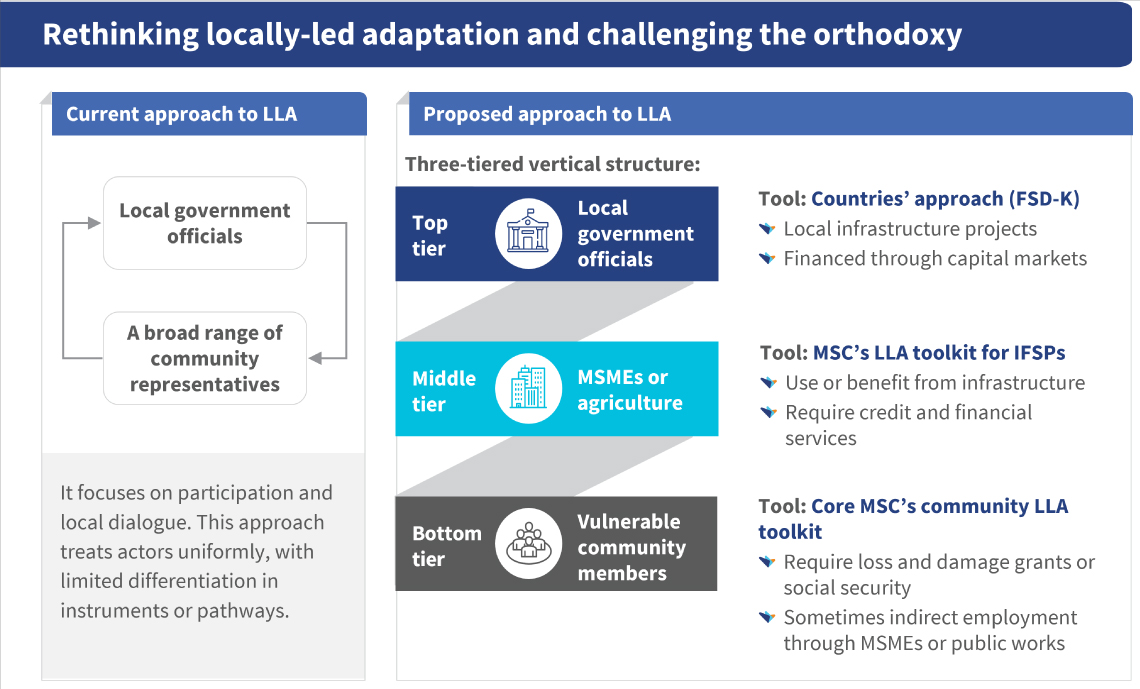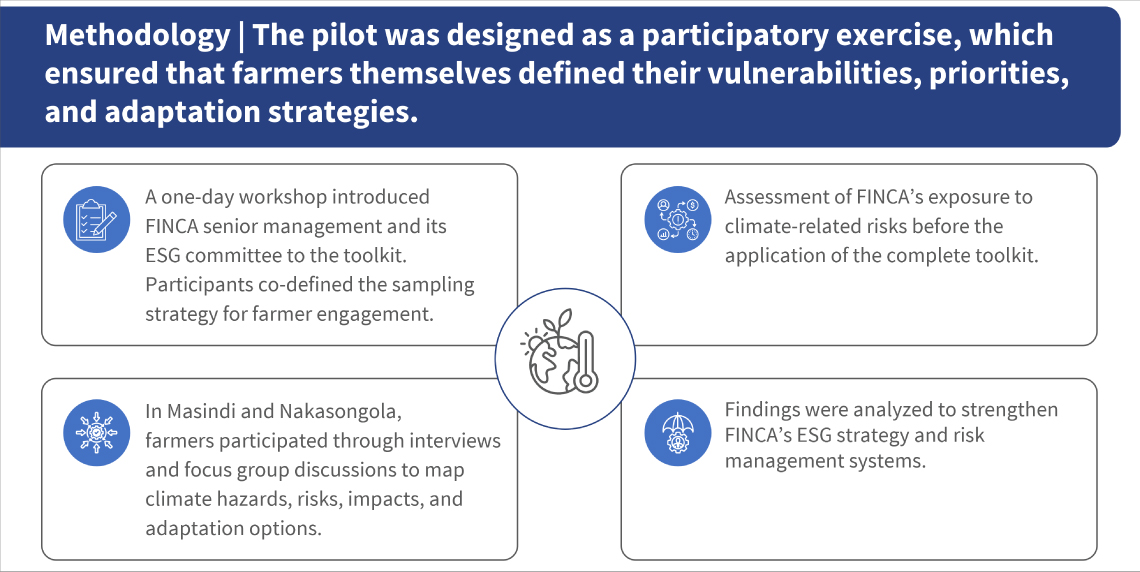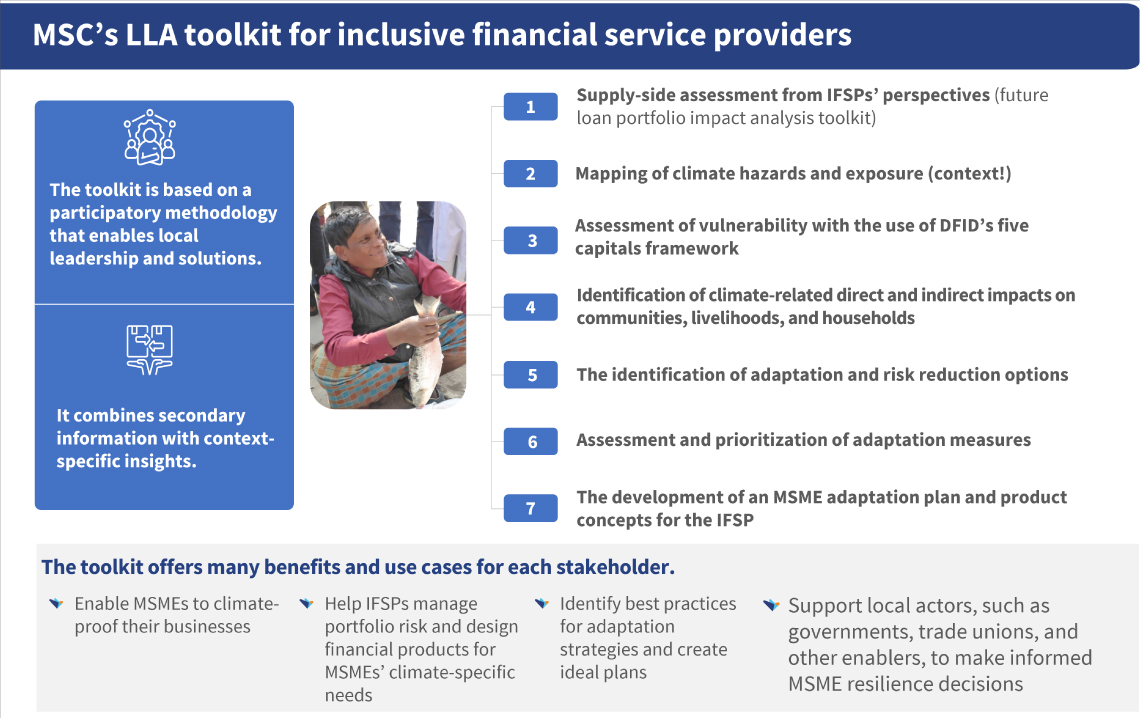The volume of data worldwide is exploding. The IDC projects that by 2025, all the world’s data will reach a volume of 175 zettabytes or 175 billion terabytes, which would make manual supervisory processes untenable. This data comprises information stored in data centers, mobile towers, branch offices, PCs, smartphones, and IoT devices, and is collectively referred to as the datasphere.
Today, regulators struggle to keep pace with the speed of financial data. The growing volume and complexity of data require more than manual processes. They demand robust and adaptable systems that enable smarter supervision. MSC’s Data Maturity Framework seen below provides a structured roadmap to help regulators progress from basic data collection to integrated, data-driven supervisory systems, enhancing risk detection, operational efficiency, and preparedness for future regulatory challenges. As discussed in our previous blog, SupTech begins with the creation of strong and flexible data foundations, which is a crucial first step in the effective implementation of supervisory technology.
Foundations of a good data system
Robust data systems are essential for effective SupTech, as they enable timely collection, secure storage, and seamless integration of high-quality data needed for proactive, risk-based supervision. Structured data supports advanced analytics, while sound governance and cybersecurity ensure compliance and protection against threats. We can evaluate the effectiveness of a good data system across multiple stages, as seen below, each of which is vital to enable scalable and intelligent SupTech deployment.
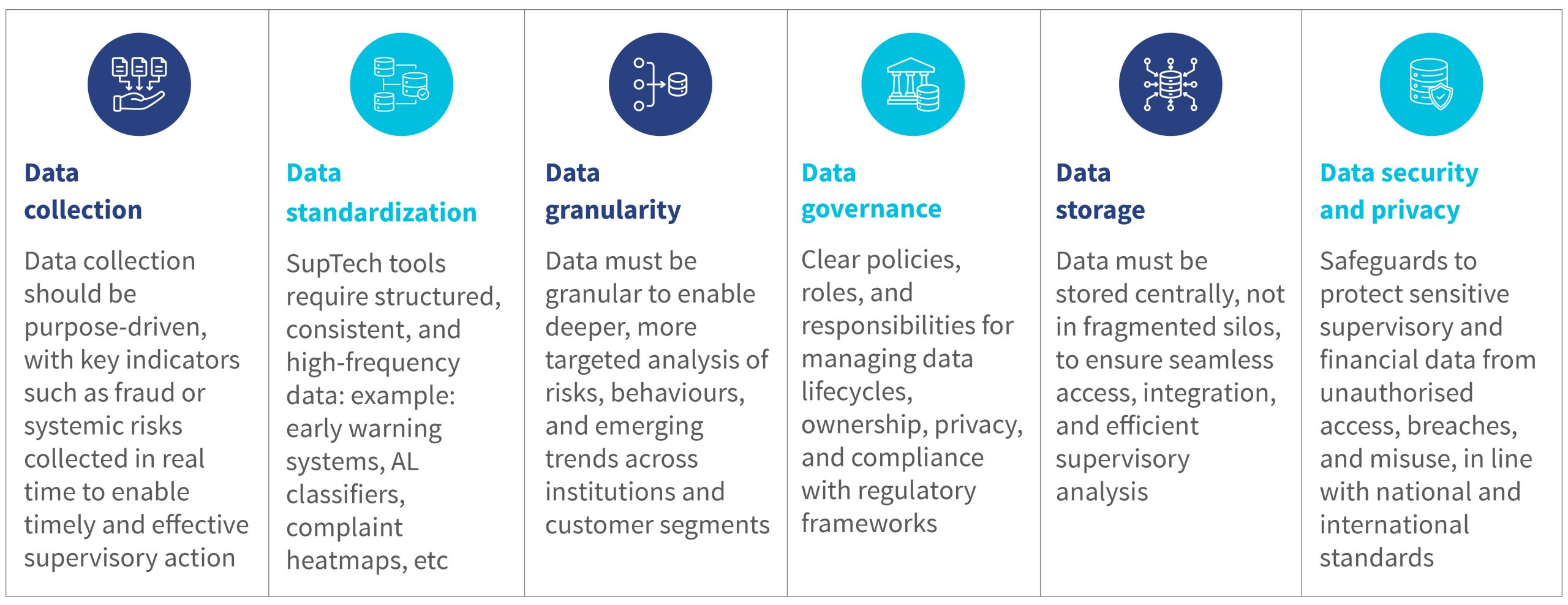
Before we discuss the three main dimensions of data collection, standardization, and storage, we must understand that some basic pillars span every phase of the data life cycle. Data granularity, data governance, and data security and privacy are not discrete phases, but ongoing facilitators that form the foundation of how well data is gathered, processed, managed, and consumed. Granularity ensures data is detailed enough for risk-based supervision without being overwhelming. Governance frameworks provide transparent guidelines for acquisition, validation, and responsible sharing, which promotes consistency and accountability.
Also crucial is for stakeholders to ensure data privacy and security at all maturity levels. Since supervisory data typically contains sensitive financial and consumer-level information, cybersecurity, encryption, and privacy-by-design must be present from start to finish. Regulators at all stages must ensure that these standards are met to avoid breaches, maintain confidentiality, and uphold trust. These cross-cutting foundations work in parallel with technical pillars to define the long-term effect of each SupTech endeavor.
If institutions intend to implement SupTech effectively, they must first assess their data maturity on these pillars, identify gaps where they exist, and align their solution with both their current and future needs.
Data collection
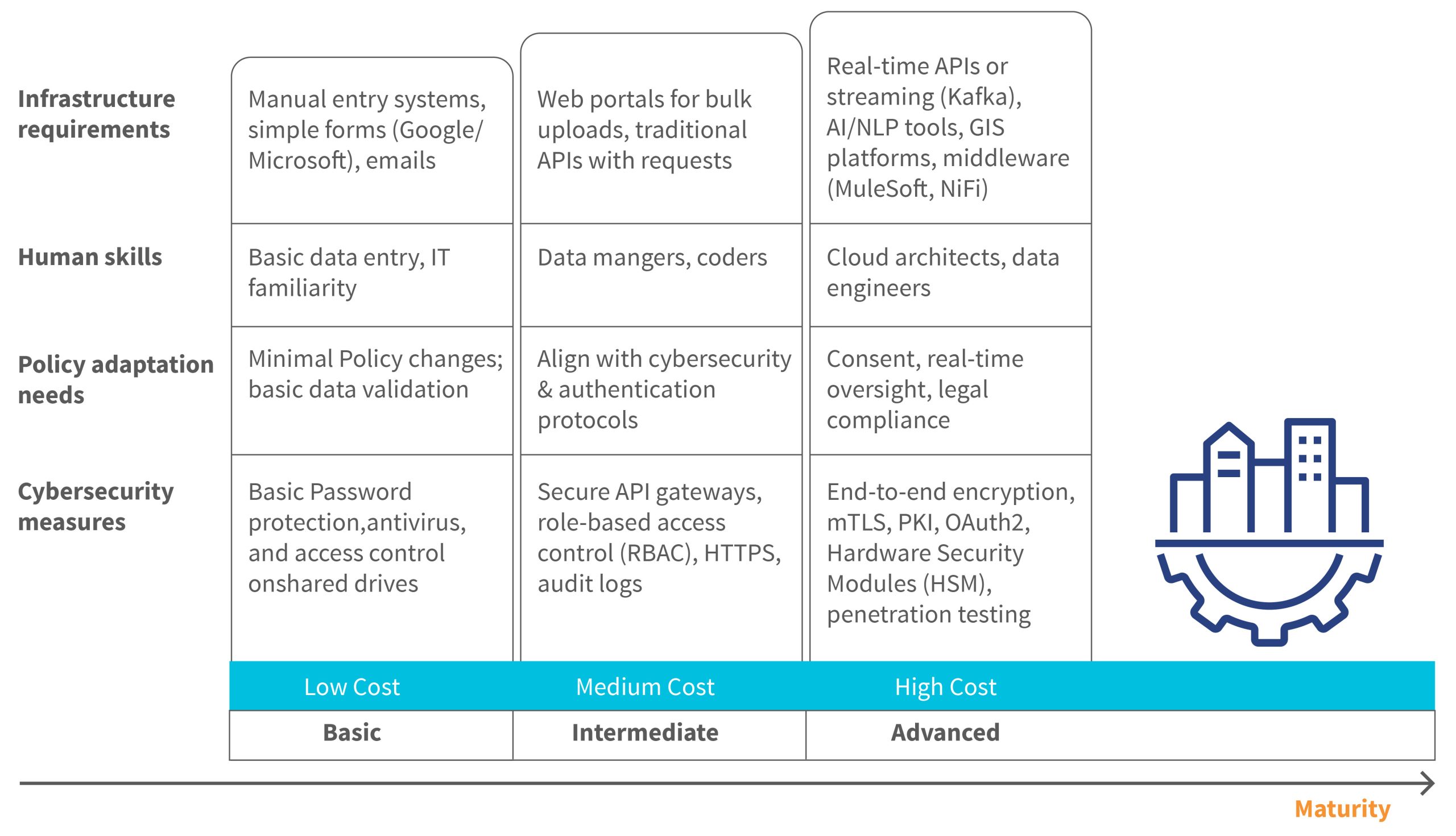
As financial sector supervisors evolve from basic to intermediate and advanced data collection systems, their capabilities must keep pace. At the basic level, data is submitted by regulated entities to regulators manually via tools, such as Google Forms or MS Excel over email, which requires minimal IT skills and basic protection, such as antivirus software and password controls.
At the intermediate level, supervisors have been adopting structured digital reporting through bulk-upload web portals and traditional APIs. The Bank of Ghana implemented its ORASS platform to enable API-based reporting, as reported publicly by the central bank, while NAMFISA, Namibia’s nonbank regulator, uses its statutory ERS web portal for regulated entities. Separately, the Bank of Namibia operates its own reporting arrangements and announced an automated regulatory reporting system in 2023. These require skilled IT staff and safeguards, such as the implementation of HTTPS (to ensure secure, encrypted communications), API gateways, and audit logs.
At the advanced level, supervisors use real-time APIs, streaming tools, such as Apache Kafka, AI and NLP platforms, such as spaCy or Amazon Comprehend, and middleware, such as MuleSoft and Apache NiFi for integration across systems. For example, the Bangko Sentral ng Pilipinas implemented a real-time API solution to improve data submission. These setups demand strong cybersecurity and legal frameworks for consent, provenance, and live supervisory oversight.
Data standardization
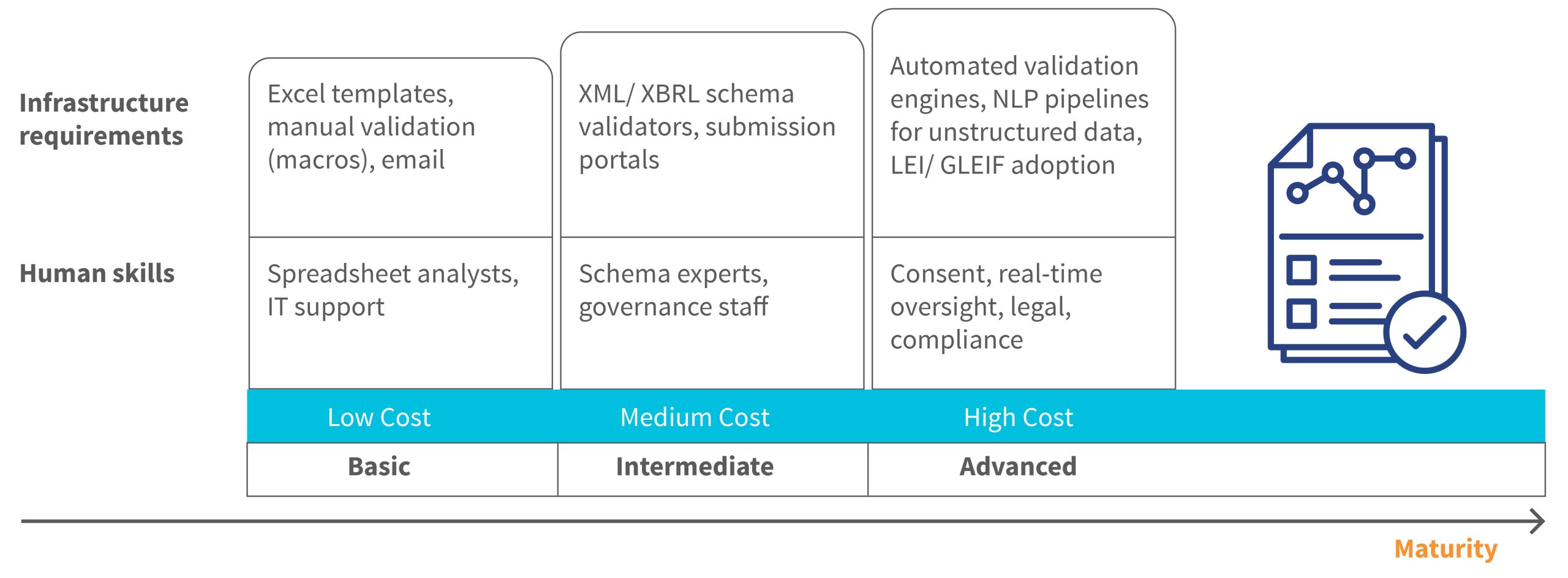
Through MSC’s extensive work with several central banks, including projects in Africa and Asia, we have observed that the adoption of data standardization tools and automated validation aligns with international best practices and accelerates SupTech maturity. At the basic level, reporting relies on MS Excel templates, manual validation via macros, and email submissions, primarily supported by spreadsheet analysts and IT staff.
In the intermediate stage, regulators shift to structured formats, such as XML or XBRL, and use schema validators and submission portals to streamline reporting. For example, the Central Bank of Ireland’s ONR platform enables firms to upload XBRL files directly, which improves accuracy and efficiency by involving schema experts and governance teams.
At the advanced level, institutions deploy automated validation engines, NLP pipelines for unstructured document analysis (e.g. parsing audit reports), and global standards, such as ISO 20022, which have found increasing use in cross-border payment reporting frameworks. German Bundesbank’s NLP-based prospectus parser automates the interpretation of PDF documents with more than 90% accuracy.
Institutions have also adopted the legal entity identifier (LEI) system maintained by GLEIF, alongside ISO 20022, to ensure clear entity identification in global reporting. The Bank of England mandates the inclusion of the LEI in FI-to-FI payments through its CHAPS high-value payments system, effective 1st May 2025, as publicly announced by the Bank of England.
These advanced processes demand a skilled blend of NLP engineers, regulatory data analysts, and compliance technologists to take full advantage of automation, standards, and data intelligence in regulatory oversight.
Data storage
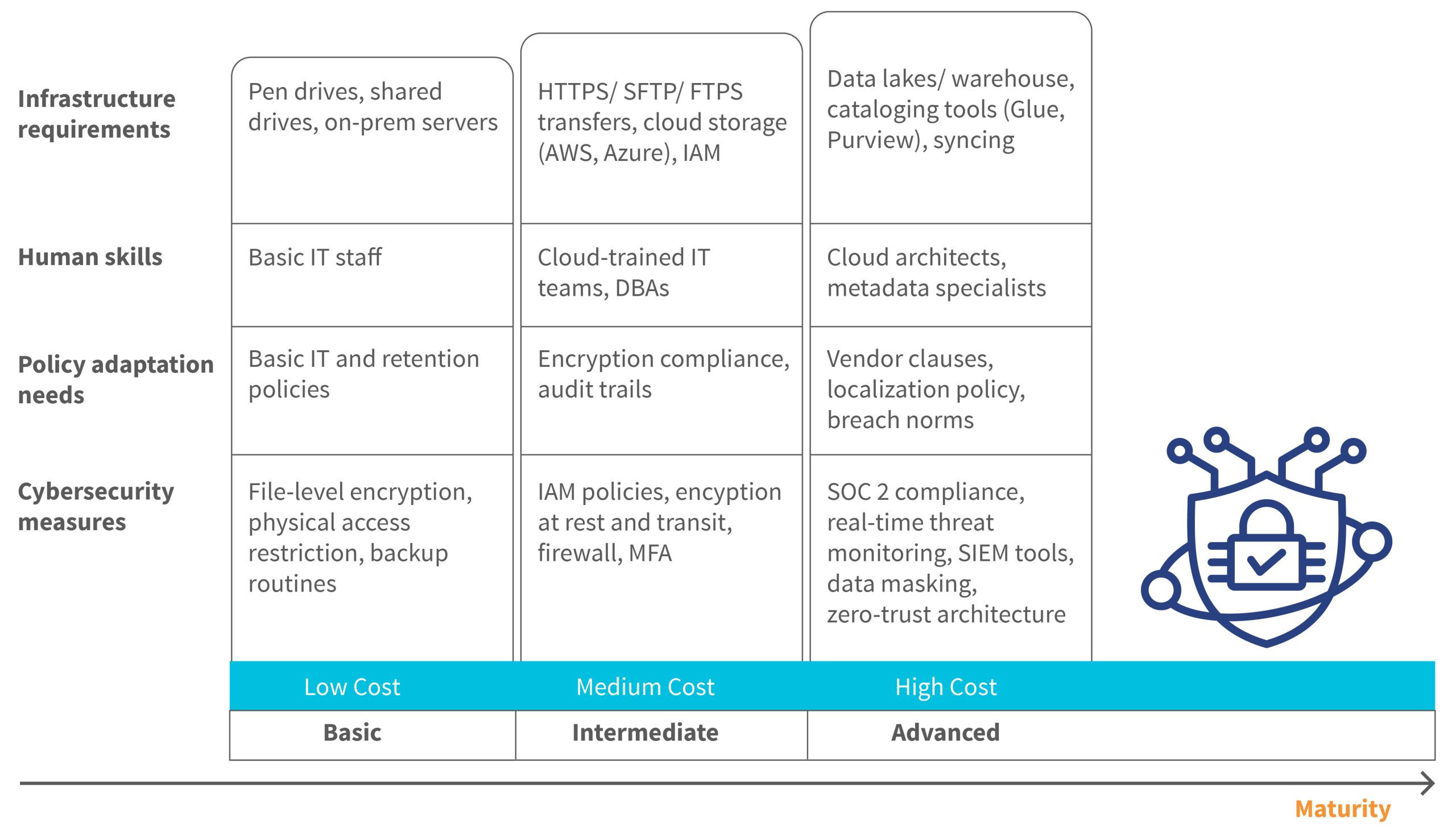
At the basic level, data is stored locally, on USB drives, shared network drives, or on-site servers, which are managed by basic IT staff and protected by simple file encryption, restricted physical access, and regular backups. These setups are low-cost but have limited resilience.
At the intermediate level, supervisors use secure transfer protocols, such as HTTPS, SFTP, and FTPS, alongside cloud storage platforms, such as AWS S3 or Azure Blob Storage, typically managed by specialized IT teams. Institutions have been increasingly adopting cloud storage for better resilience. For example, the Bank of England has been expanding cloud usage, while the Reserve Bank of India plans to launch IFS Cloud for regulated entities.
However, as adoption grows, central banks are concerned about the risks of storing sensitive supervisory or financial data outside national borders, particularly regarding data sovereignty, privacy, regulatory compliance, and resilience. Such concerns are significant, especially against the emergence of new technologies, such as Central Bank Digital Currencies. Many are now exploring sovereign or locally managed cloud options to address these issues.
While many organizations are transitioning, there is no publicly available evidence confirming that any institution has completed full-scale supervisory data migration. This mirrors earlier blog: Global cloud usage remains relatively low overall. Yet, many regulators are entering the intermediate maturity phase where secure, partial cloud adoption is becoming common. This phase involves moderate costs and requires compliance with advanced security measures, such as encryption-at-rest, identifying Access Monitoring (IAM) policies, audit trails, firewalls, and Multifactor Authentication (MFA).
At the advanced level, organizations deploy data lakes and warehouses, supported by cataloguing tools, such as AWS Glue or Azure Purview for real-time data sync. This infrastructure, maintained by cloud architects and metadata specialists, supports enterprise-scale analytics and governance. For instance, Banco de España manages more than 850 TB of regulatory data and performs thousands of analytical queries each week for robust, AI-ready supervision.
The growing adoption of SupTech highlights that despite significant upfront costs, the long-term benefits in resilience, scalability, and regulatory capability far outweigh initial investments. Institutions preparing for SupTech upgrades must prioritize needs assessments, gap analysis, stakeholder consultations, cost-benefit analysis, and strategic planning to ensure successful transformation.
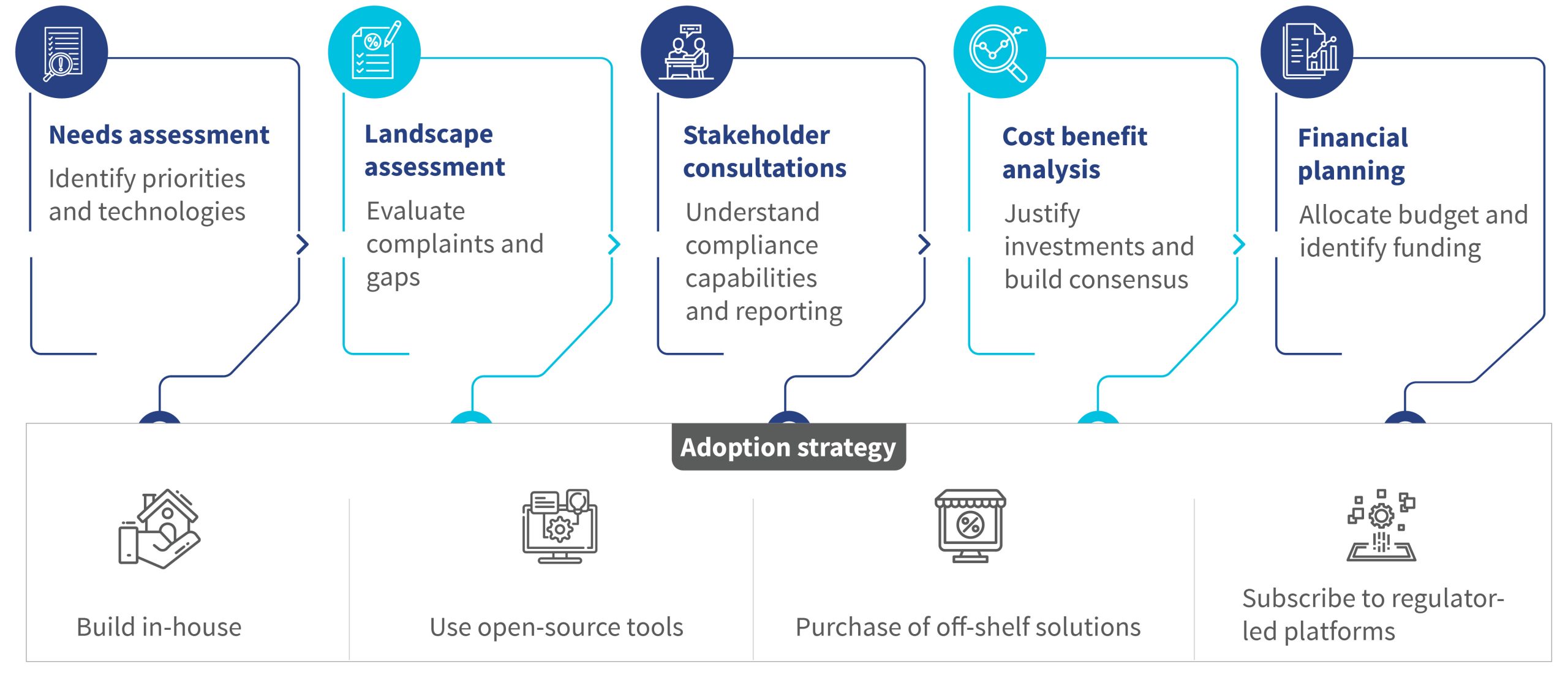


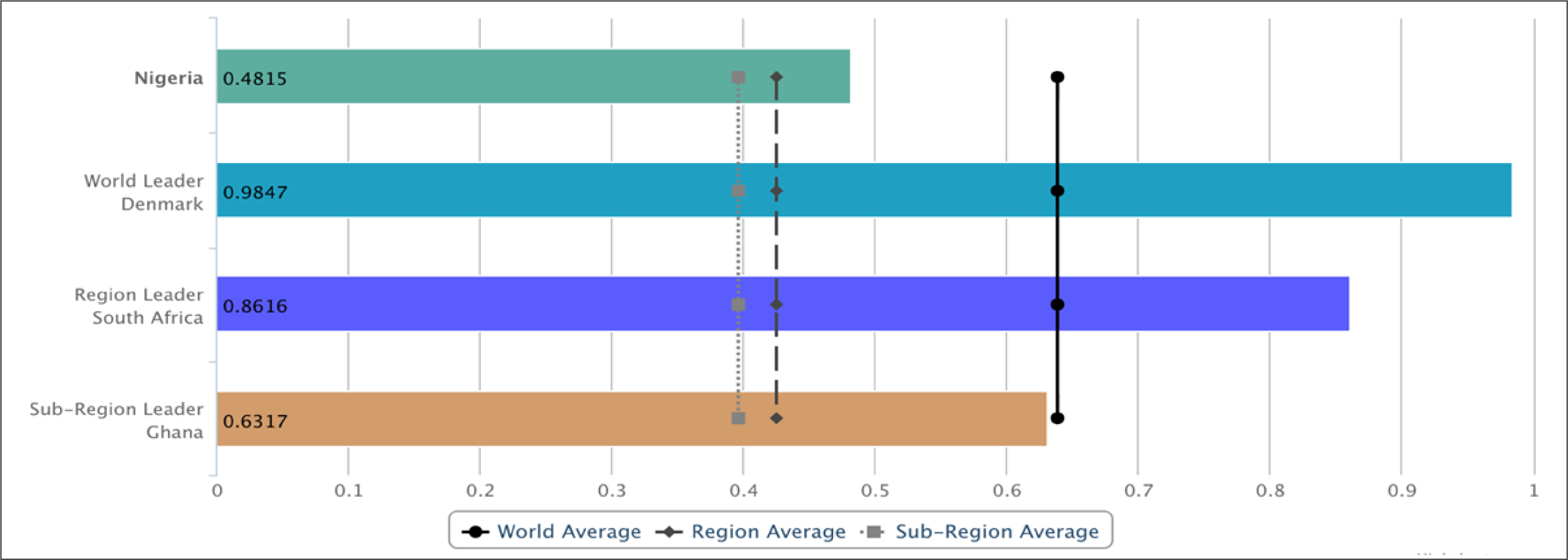
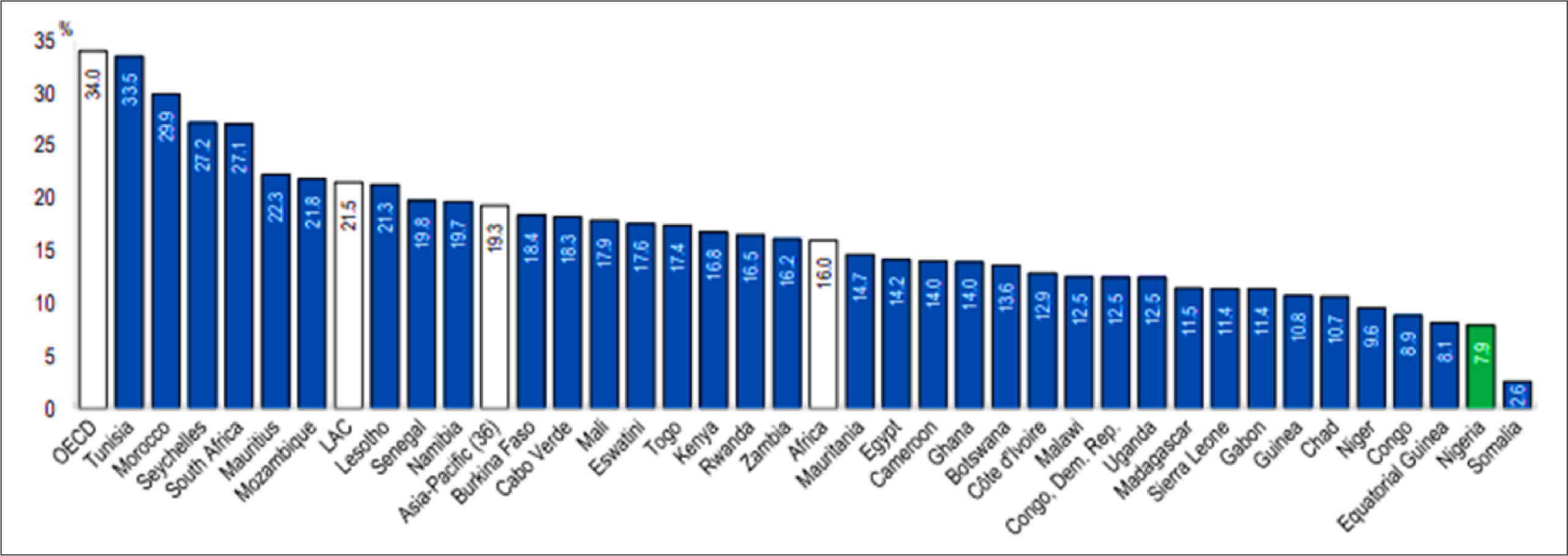
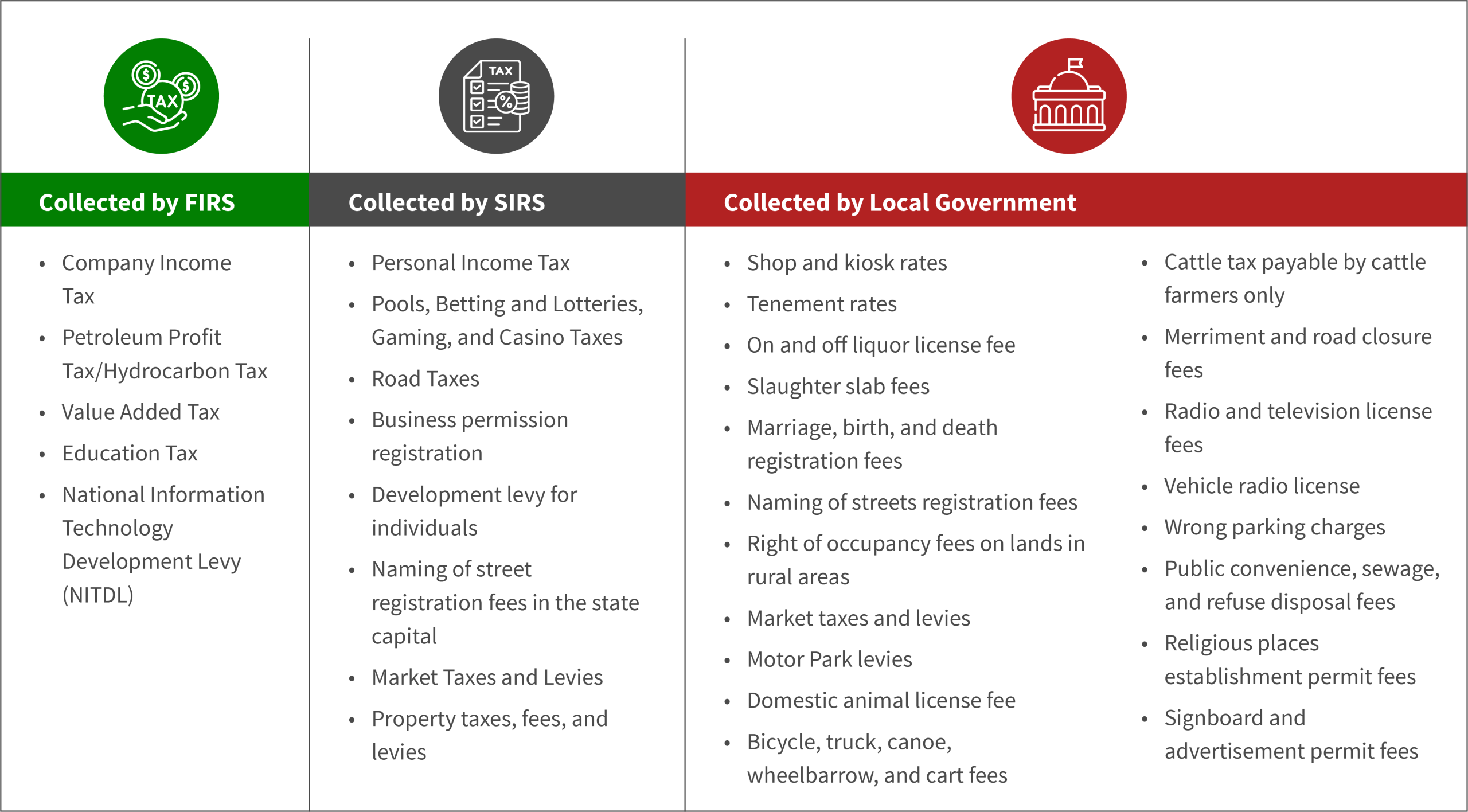
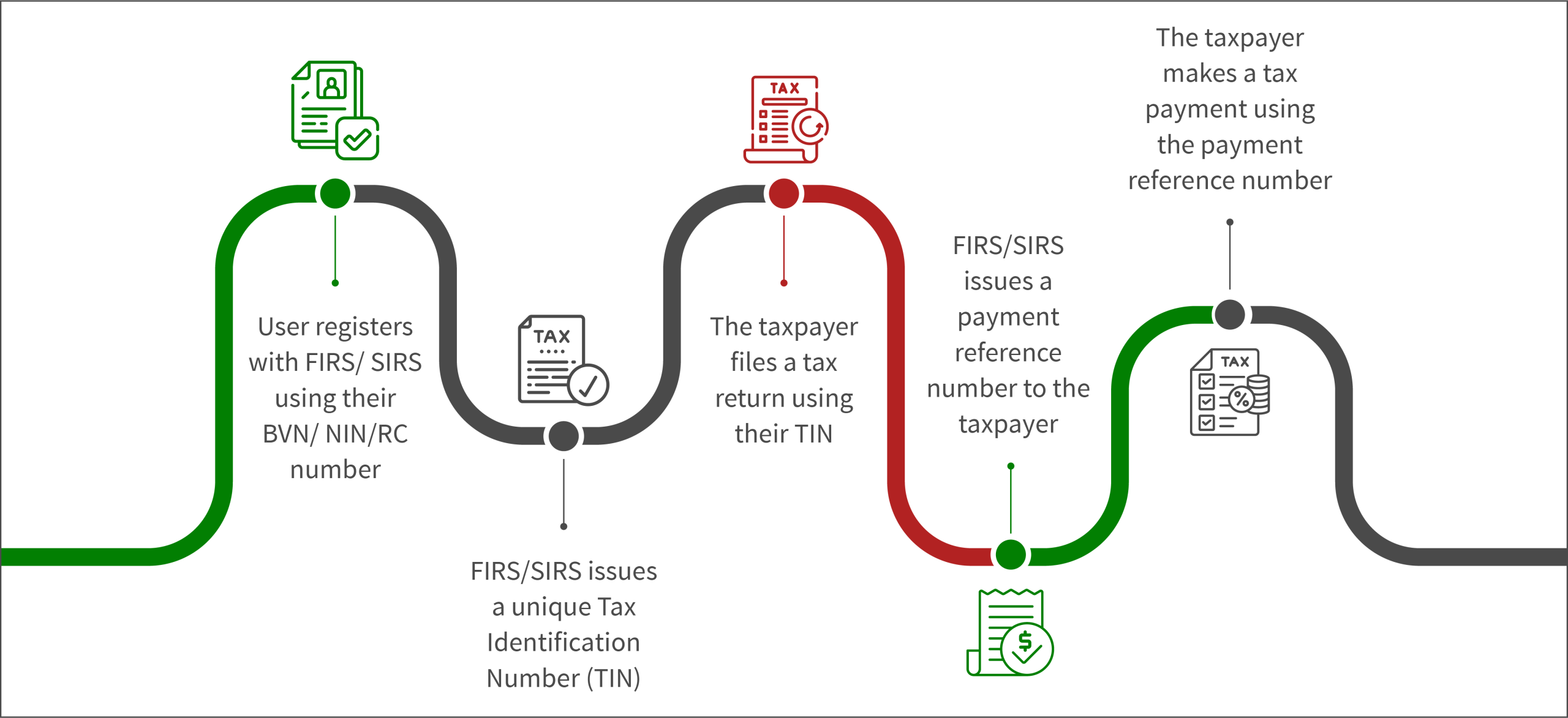

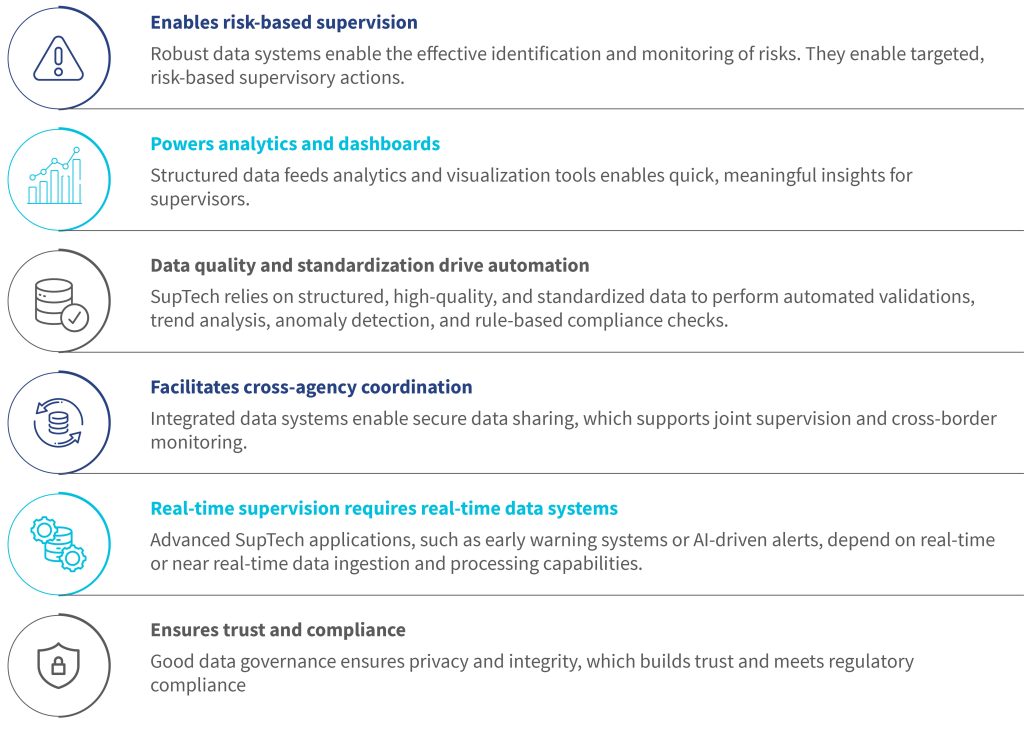
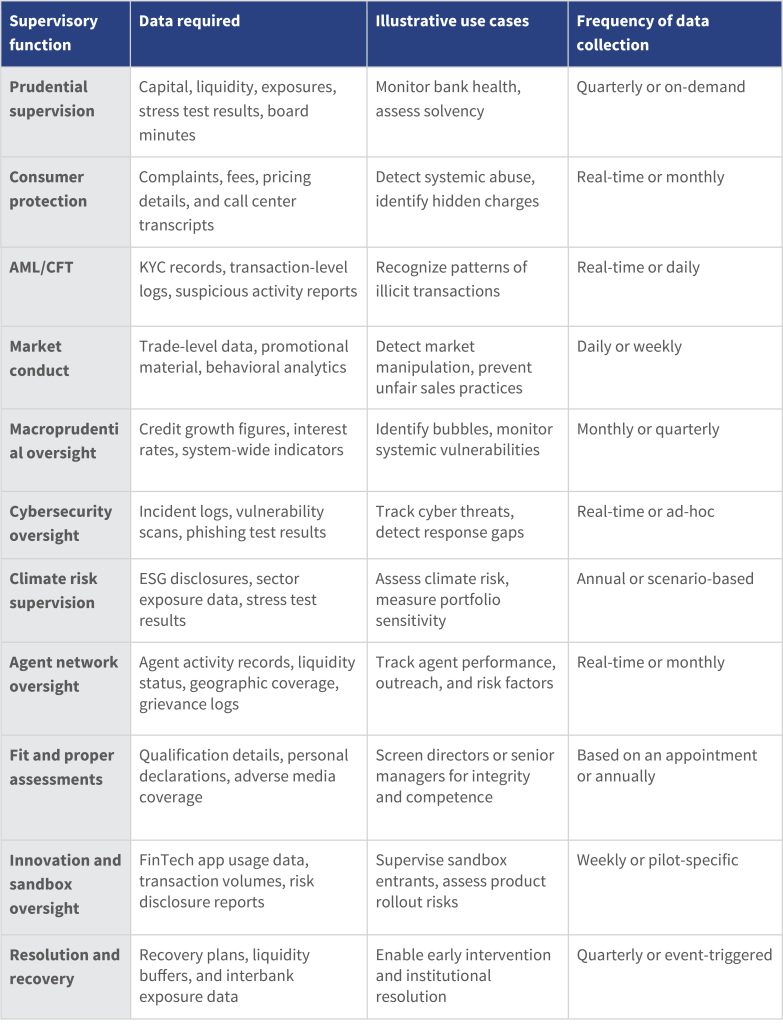


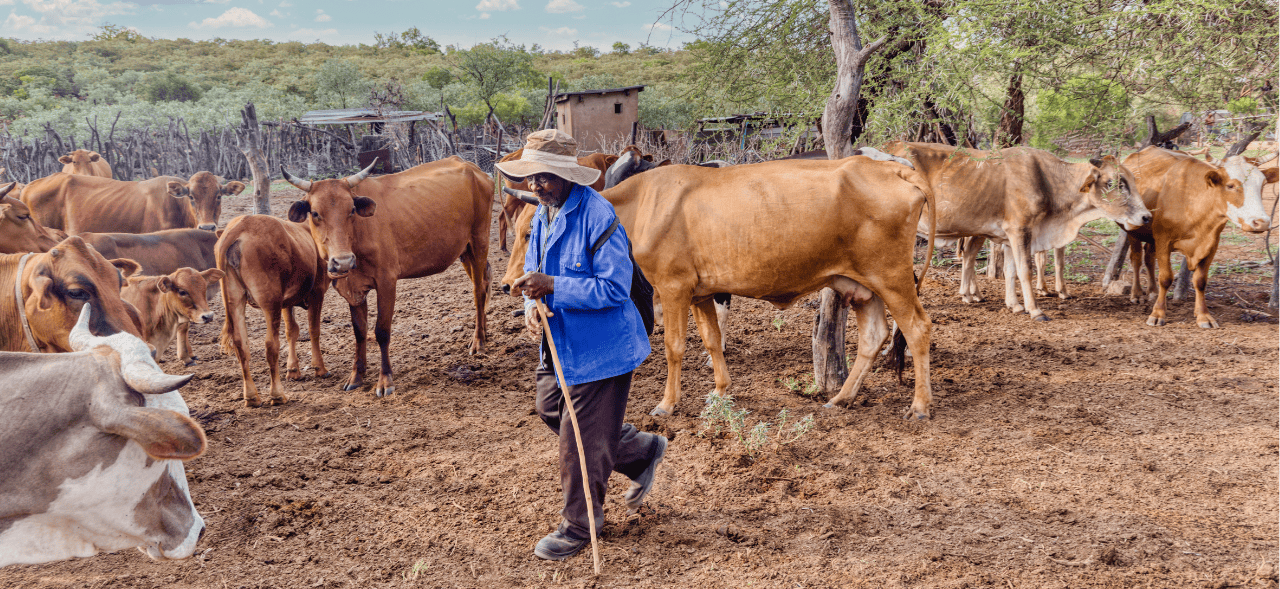
 Godfrey is not alone. Uganda’s MSMEs and farmers form the but struggle with the growing impacts of climate change. Droughts are now more frequent and prolonged, which disrupts rain-fed farming and pastoral systems. The 2010–2011 drought alone led to losses worth
Godfrey is not alone. Uganda’s MSMEs and farmers form the but struggle with the growing impacts of climate change. Droughts are now more frequent and prolonged, which disrupts rain-fed farming and pastoral systems. The 2010–2011 drought alone led to losses worth 